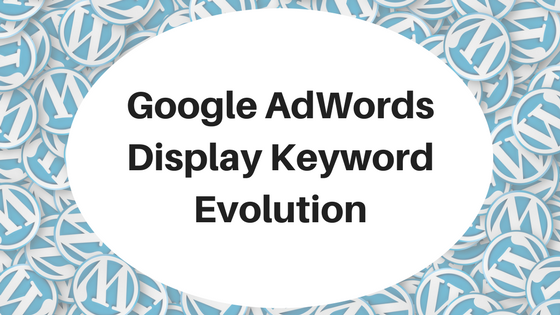Hey AdWords fans, how are you doing? Using Display keywords has become one of the most often applied practices amongst advertisers. It works better than pure demographic targeting and allows you to show up to visitors who are interested in the topics of your keywords while they browse different websites. And as usually, the moment when something starts working well, Google changes the rules and you must adapt.
No worries! Here is what you need to know about the new display keywords.
Search terms focus.
Whereas until now, you could use the same keywords you use for search for your display campaigns, now the focus would be to make them as close as possible to the popular search terms. For example, if your keyword is “chocolate cookies”, search terms are likely to be “how to prepare chocolate cookies”, “recipes for chocolate cookies”, “chocolate cookies brands famous”. The trend is that users have longer and longer search terms. With the influx of voice search devices, it seems people’s trust in the search engine is much greater than before. Research shows, people now expect to find answers to the most specific questions by searching them on Google.
When it comes to the new display targeting Google’s focus will go more towards the search history of the user. Your display keywords must match the popular search terms related to your products. Feel free to include questions, long tail keywords, as well as popular search terms. Use your search term report to analyse what people who clicked on your ads converted on.
URLs
The greatest new feature of Google Display will be targeting by URL. As they change the settings more towards finding people based on their search history, now you can select to show your ads to people who visit certain websites. This is different from placement targeting. Placements are the web pages you would like your ads to appear on. The new targeting URLs are websites which your targeted audience visits. These could be websites of competitors or related services. In many cases, they would not allow ads to be shown there.
You can get creative with the choice of URLs. For example, if you target audience is students applying for a university, you can include the website of UCAS as a targeted URL. This is the website through which university applications are done in the UK. It is visited by all students who would like to get a seat in a college, but you will not be allowed to advertise on their platform.
Content vs Audience
![]()
In the current Google Display settings, you can choose between “Audience” and “Content” targeting. In the first case, you show ads to people according to how their search history matches your targeting settings. You wonder how Google knows which of the users are females aged 20-24 based on their searches. Well, it does and it does it very precisely. Don’t forget that the YouTube watch history gives a very good hint on the interests and demography of a user. The “Content” setting is only showing your ads on the websites related to your display keywords. This approach is getting more and more outdated and it is likely to be taken out by Google in the following months.

